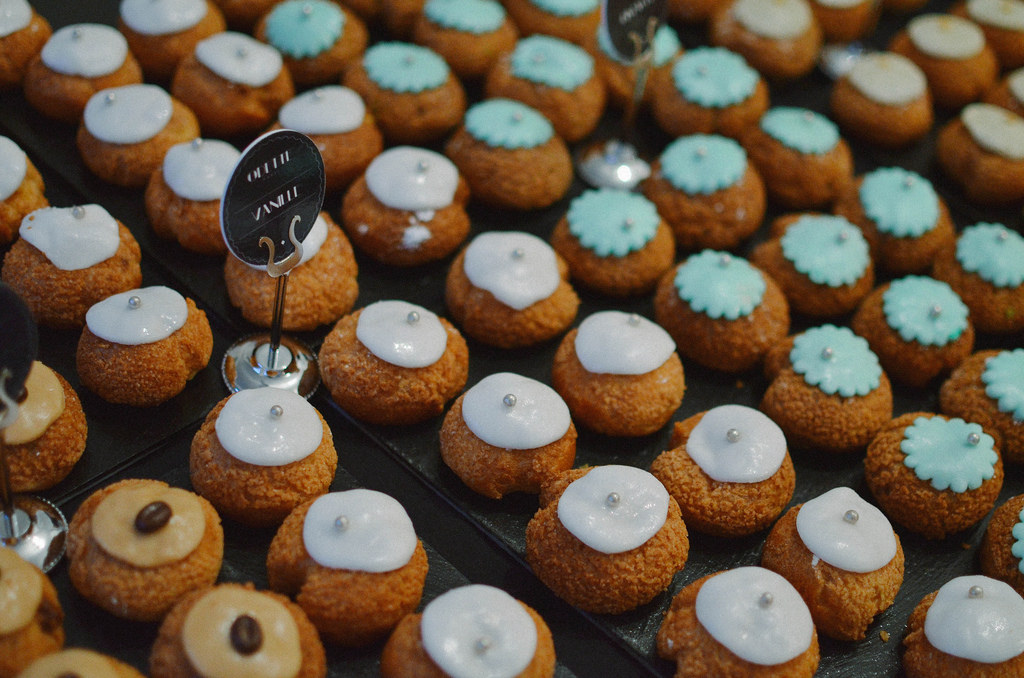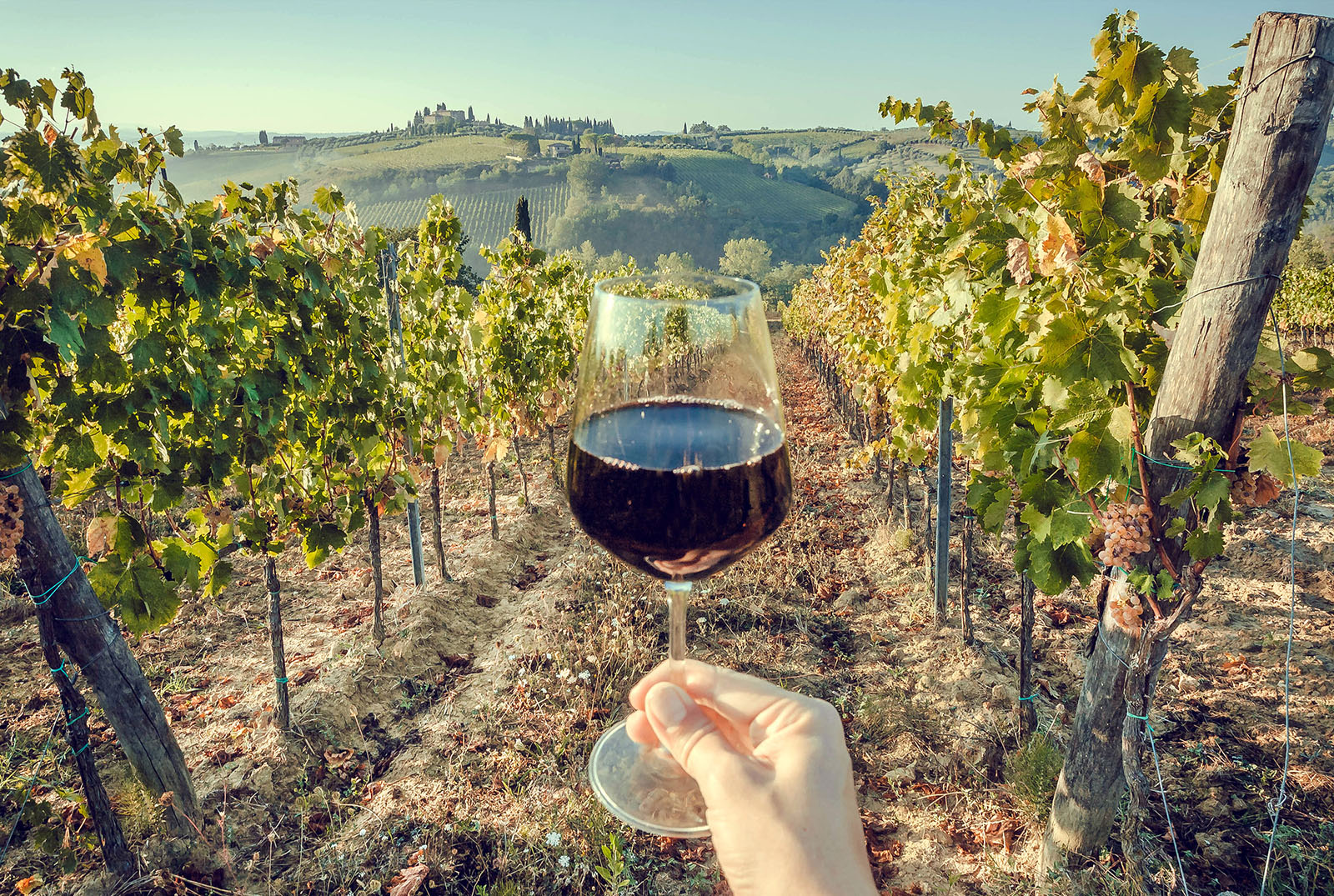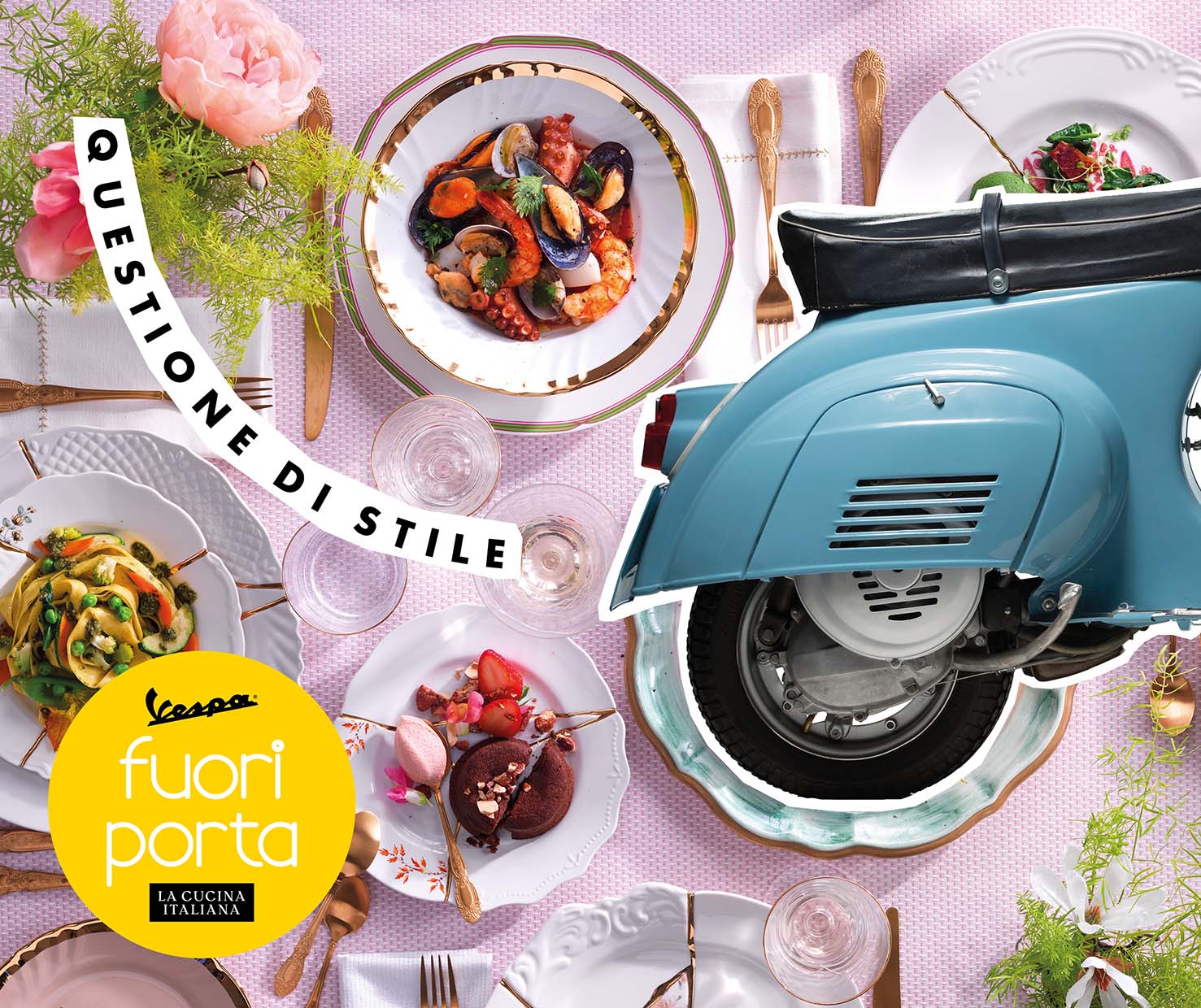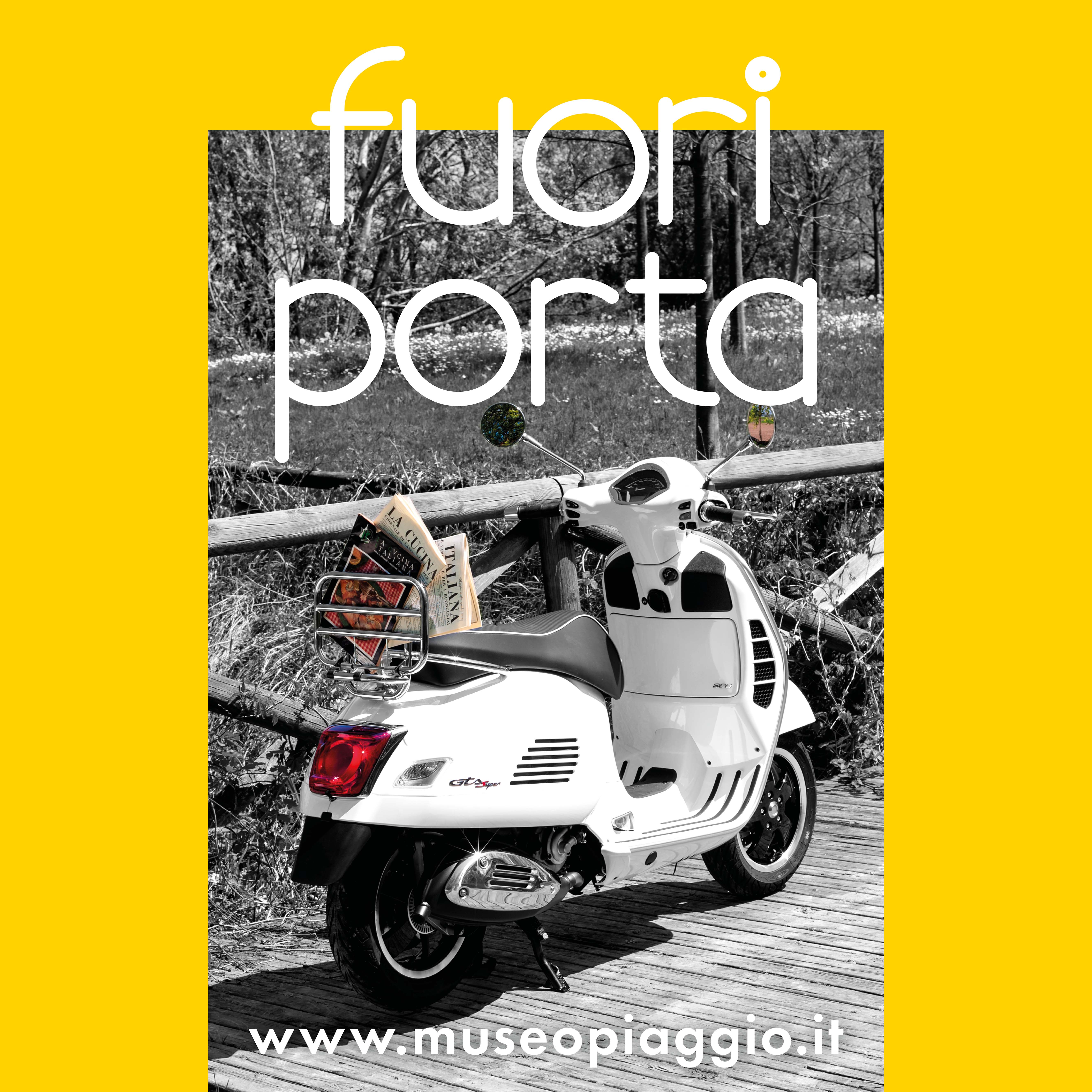Walking around Paris to discover healthy but sophisticated culinary offerings. Among gourmet and French or foreign dishes, but also homemade sandwiches, soups and gluten-free treats
Strolling through the streets of Paris exploring bistros, restaurants and pastry shops is the dream of many cooking enthusiasts, but how to do it if you follow one healthy, vegetarian, vegan or gluten-free diet? Fortunately, in recent years, catering in the French capital is increasingly embracing the international trend of healthy eating, including increasingly fresh, seasonal, natural, plant-based, low environmental impact and biological ingredients. Let's go then to discover an ideal itinerary in search of sweet and savory healthy food, between street food, gourmet dishes, healthy, colorful and original French or international cuisine.
Breakfast and snacks to start the day with a smile (and health)
As the first stop on our ideal Parisian itinerary dedicated to gastronomy and wellbeing, we recommend theHelmut Newcake (28 rue Vignon, 75009, Paris), a bakery-pastry with an excellent selection of bread and baguettes, pancakes, cakes and homemade cakes, with many vegan and vegetarian options and above all a renowned wide assortment for celiacs. For those looking for a hearty breakfast or a quick and light lunch, the right address could be Cafe Mimosa (11 rue Buffault, 75009, Paris). In this place the food is simple but refined, and between a soup and an omelette there is no lack of delicate floral decorations and great attention to detail. It should also be noted that the portions are plentiful, the seasonal recipes and the menu full of vegetarian and vegan alternatives.
Healthy Parisian restaurants for all tastes and diets
Finding gourmet and fancy sandwiches that are vegetable, light and full of flavor is not always an easy task. The perfect place, in this sense, is the Beaufou Perugia (5 rue violet 75015, Paris), a rustic but cozy restaurant, in which everything is fresh and homemade, from bread to sauces, to fries and even the "vegetarian steaks". From the American style kitchen, let's move on to that Japanese of the Nanashi (57 rue Charlot, 75003, Paris), a well-known name in the French capital among lovers of Asian restaurants. The elegance of the dishes, presented in white porcelain bento, is combined with the taste and freshness of the organic ingredients used, including the raw salmon that is the protagonist of one of the house specialties, the cirashi. For those who are looking for Mediterranean flavors worth a visit vegetarian IMA Cantine (39 quai de Valmy, Paris), where you are enveloped by the warm color of the walls, the scent of spices and the southern flavors of pita, taboulé, figs, hummus and oriental salads, and the Soya (20 rue de la Pierre Levee, 75011, Paris), considered the best vegan restaurant in the city. The latter, always open and 100% biological, is characterized by a very wide menu that includes really special cruelty free delicacies, including vegan buffalo mozzarella, vegetable seaweed tartare and a gluten free lasagna with seasonal vegetables, bechamel and vegetable cheese, a tomato and leek sauce and smoked tempeh.
To conclude our journey in beauty (and goodness), the last recommendable stop could only be one typical French restaurant: Le Brun (95 rue Saint Honore, 7500, Paris). Wrapped in a magical Parisian atmosphere you can taste sophisticated classic or revisited versions of traditional dishes, including homemade foie gras, confit de canard (a preparation of duck meat) and delicious crème brûlée.
Photo: healthy pastries gluten free parigi Helmut Newcake_Yelp Inc.jpg



